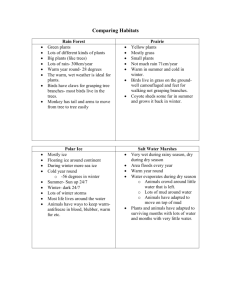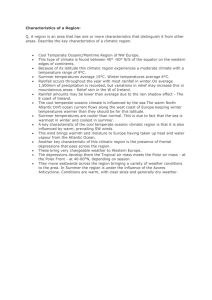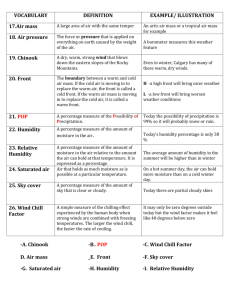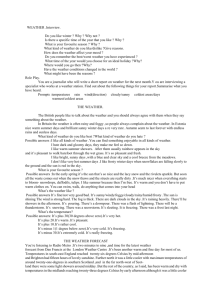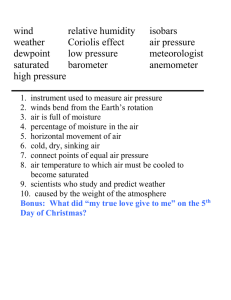01/27/15 - Warm Winter Weather
advertisement
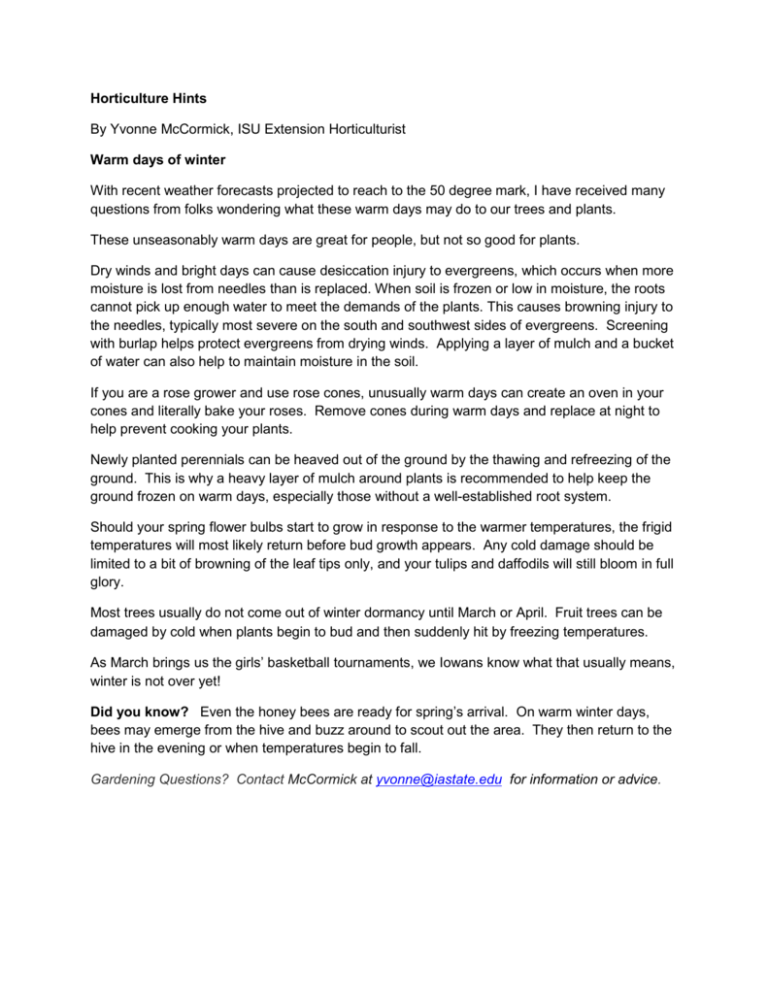
Horticulture Hints By Yvonne McCormick, ISU Extension Horticulturist Warm days of winter With recent weather forecasts projected to reach to the 50 degree mark, I have received many questions from folks wondering what these warm days may do to our trees and plants. These unseasonably warm days are great for people, but not so good for plants. Dry winds and bright days can cause desiccation injury to evergreens, which occurs when more moisture is lost from needles than is replaced. When soil is frozen or low in moisture, the roots cannot pick up enough water to meet the demands of the plants. This causes browning injury to the needles, typically most severe on the south and southwest sides of evergreens. Screening with burlap helps protect evergreens from drying winds. Applying a layer of mulch and a bucket of water can also help to maintain moisture in the soil. If you are a rose grower and use rose cones, unusually warm days can create an oven in your cones and literally bake your roses. Remove cones during warm days and replace at night to help prevent cooking your plants. Newly planted perennials can be heaved out of the ground by the thawing and refreezing of the ground. This is why a heavy layer of mulch around plants is recommended to help keep the ground frozen on warm days, especially those without a well-established root system. Should your spring flower bulbs start to grow in response to the warmer temperatures, the frigid temperatures will most likely return before bud growth appears. Any cold damage should be limited to a bit of browning of the leaf tips only, and your tulips and daffodils will still bloom in full glory. Most trees usually do not come out of winter dormancy until March or April. Fruit trees can be damaged by cold when plants begin to bud and then suddenly hit by freezing temperatures. As March brings us the girls’ basketball tournaments, we Iowans know what that usually means, winter is not over yet! Did you know? Even the honey bees are ready for spring’s arrival. On warm winter days, bees may emerge from the hive and buzz around to scout out the area. They then return to the hive in the evening or when temperatures begin to fall. Gardening Questions? Contact McCormick at yvonne@iastate.edu for information or advice.

